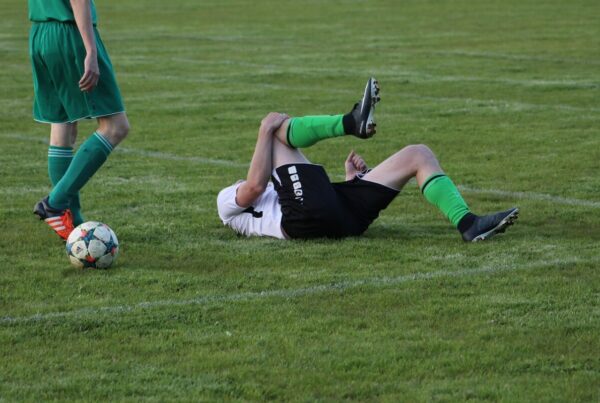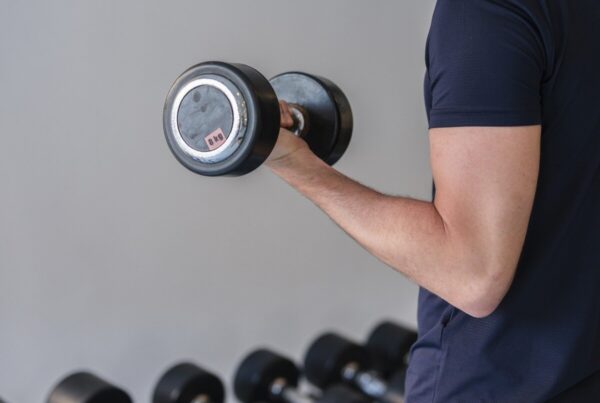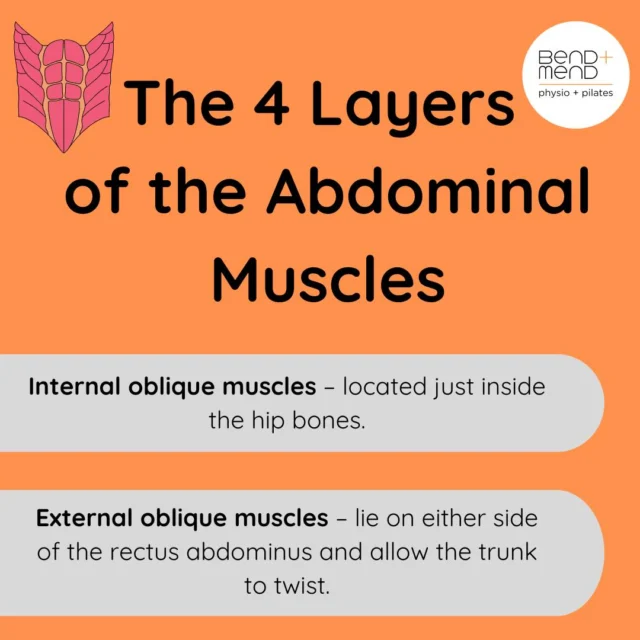One of the most important muscles in the body for producing acceleration in walking, running and jumping is the calf complex. The Calf Complex is made up of 2 muscle groups; the Gastrocnemius (mostly type II fast twitch muscle fibres) and the Soleus (mostly type I slow twitch muscle fibres), and the job of this muscle group is to plantarflex or point the foot. The error we see very often in the clinic during the single leg calf raise is that people are unable to control the foot from rolling outwards.
SINGLE LEG HEEL RAISE HACK:
- To perform this exercise correctly; you should imagine as you are going up onto your toes that your weight is going through your 1st and 2nd toes.
- Make sure you perform these repetitions with control and that you don’t allow yourself to roll outwards at the top of range of motion.
Recently the research gods updated the normative data of the average single leg calf raise in healthy adults, so you can see how you measure up against your average age and sex:
Herbert-Losier et al (2017):
| Male | Female | |
| 20-29yrs | 37 reps | 30 reps |
| 30-39yrs | 32 reps | 27 reps |
| 40-49yrs | 28 reps | 24 reps |
| 50-59yrs | 23 reps | 21 reps |
| 60-69yrs | 19 reps | 19 reps |
| 70-79yrs | 14 reps | 16 reps |
| 80-89yrs | 10 reps | 13 reps |
Bench Press
The bench press is probably the most popular exercise performed at the gym. It is often performed incorrectly simply due to the seemingly simplicity of the movement. The exercise is commonly performed by novice gym goers, therefore it isn’t surprising that we see people with anterior shoulder pain due to poor loading, technique or both.
The bench press can cause excessive stress to front shoulder structures, due to the unstable nature of the shoulder it is integral that you have control of both concentric (pushing the barbell) and eccentric (controlling the barbell back to your chest) phases. To improve shoulder stability with the bench press you need to set your shoulder blades, as to reduce undesirable movement.
BENCH PRESS HACK:
- Lay down on the flat bench, as you are setting your hands onto the barbell squeeze your shoulder blades together like you are trying to squeeze a pencil between them.
- Use a weight that you are able to maintain this shoulder blade retraction/squeeze throughout the bench press.
Squat
Similar to the bench press, the squat is one of the earliest exercises people are taught when first entering a gym. The squat is widely used in the programming of functional fitness exercise programs, bodybuilding and powerlifting; you name the exercise program there will probably be a squat component within it. As discussed in a previous Blog by James, a common mistake we see in squatting is a inward collapse of the knees. James goes into detail about this and if you want to know more about that, then read his excellent blog.
As to correct this commonly seen error, there has been a fair amount of research into the practical application of theraband around the knees to reduce the knees from falling inwards (valgus). The research has shown that this is an effective strategy to increase the activation of hip muscles (glute med and max) during squatting using medium to heavy loads.
SQUAT HACK:
- You will need a theraband/theratube/resistance band (if you don’t have one, don’t worry, our lovely reception staff can sort you out).
- Tie the theraband just above the knees with your knees together.
- Then continue to perform your squat as normal, ensuring that throughout range you do not allow your knees to track inwards. You should feel like you are resisting the band from bringing your knees together throughout the entire repetition.
For more information about the right way to exercise come in and meet our Bend + Mend Physio team in Sydney’s CBD and we will show you how to exercise the right way.








